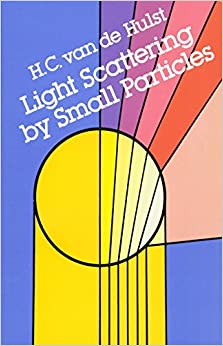Question
Combination Resistor Circuits & Kirchoff's Laws Materials needed: Computer with Internet access, Google doc from Canvas Let's explore how circuits behave by looking at a
Combination Resistor Circuits & Kirchoff's Laws
Materials needed:Computer with Internet access, Google doc from Canvas
Let's explore how circuits behave by looking at a simulation on the web.
A. Go to the websitehttp://www.falstad.com/circuit/
B. Once it opens, it should have an LRC circuit open in front of you. Take a quick moment to orient yourself on how this simulator works. Along the top is a series of drop down menus, starting with "File" and ending with "Circuits." On the right side are a series of manipulators for the circuit pictured.
C. To begin, click on the "Circuits" drop down, highlight "Basics" and select the "Resistors" option. Then press the "Run/stop" button. This should stop the circuit.
Parallel Circuit
1. The circuit in front of you is very versatile and can show us many different configurations. In order for us to try the different versions, we need some common language. You will see six different switches and five different resistors. When a switch is "closed" it will complete the line and allow current to flow through the associated resistor. When it is "open" it breaks the circuit and current may not flow through the branch the switch is on. Here we will refer to switches by the resistor they are associated with, i.e. 100 switch, 400 switch, 800 switch, 600 switch, 200 switch, and Wire switch. To begin, close the 100 switch, 400 switch, 800 switch, and the wire switch, and open the 600 switch and 200 switch.
A. Click "Run/STOP" and qualitatively (not using numbers) observe what the current does. Type qualitative (no numbers) observations below. Make predictions on what think the Voltage across each of the three resistors will be. Make predictions on what think the current through each will be. These do not have to be number ranges, it can be as simple as "high," "higher", and "highest," or "small" and "large."
Qualitative Observations:
| Predictions | 100 Resistor | 400 Resistor | 800 Resistor |
| Voltage | Type prediction here | Type prediction here | Type prediction here |
| Current | Type prediction here | Type prediction here | Type prediction here |
B.This is a slightly larger parallel circuit than we looked at in the last lab, with three resistors in it. Please note that when you hover over any part of the circuit, quantities appear. Now hover over the various parts of the circuit and fill in the chart below with your measurements.
| Measurements | 100 | 400 | 800 | Wire Switch | Voltage Source |
| Voltage | Type here | Type here | Type here | Type here | Type here |
| Current | Type here | Type here | Type here | Type here | Type here |
C. We should notice that the voltages across the three resistors are all equal, and that they equal the value of the source. We also notice that the current values in each resistor are different. Recall, we summarize parallel circuits in this way: A simple or purely parallel circuit has multiple pathways and single elements along each pathway. The voltage drops are the same across each pathway, and the current flow through each element sums to the total current entering or exiting the combination of pathways. Using the values of the resistors and the potential differences across them, prove that the simulation is showing reasonable values for the currents. You may need to find the equivalent resistance to do so. Recall from the text:the inverse of the equivalent resistance of two or more resistors connected in parallel is the sum of the inverses of the individual resistances and is always less than the smallest resistance in the group.Also recall Ohm's Law: V=I*R Use Ohm's Law, the equivalent resistance, and the total voltage value of the source to calculate what the current in each element should be. Current calculations:
Step by Step Solution
There are 3 Steps involved in it
Step: 1

Get Instant Access to Expert-Tailored Solutions
See step-by-step solutions with expert insights and AI powered tools for academic success
Step: 2

Step: 3

Ace Your Homework with AI
Get the answers you need in no time with our AI-driven, step-by-step assistance
Get Started


